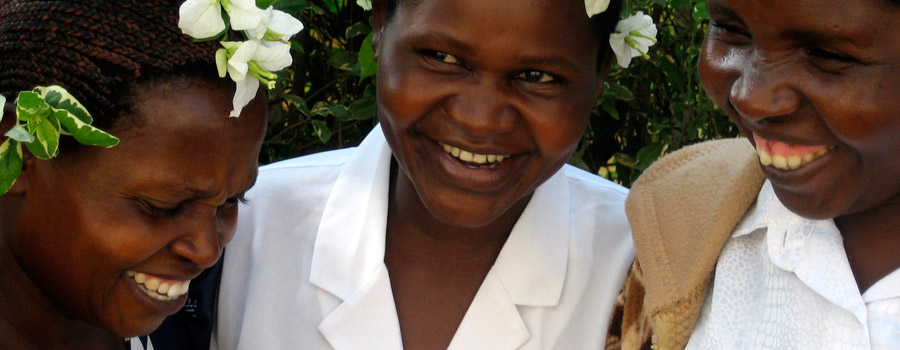Increasing Access to Fistula Services
All pregnancies are subject to the risk of an adverse event, but it is difficult to predict beforehand which pregnancies will be problematic.
Systems need to be in place to reduce this risk and to provide support if an adverse event occurs. When it does not kill, obstructed labor—estimated to account for approximately 4.1% and 9.4% of maternal deaths in Africa and Asia, respectively1—may result in one of the most devastating morbidities for women: obstetric fistula. This is an issue of both gender inequality and health inequity. Women with fistula are predominantly poor, have low education levels, and live in rural areas, where access to basic health services is limited (let alone emergency obstetric care). In the course of this project, EngenderHealth has also considered the needs of women with traumatic gynecologic fistula, caused by extreme sexual violence, usually in countries in conflict, and the needs of women whose fistula is deemed incurable.
Unfortunately, we lack good data on obstetric fistula. Population-based surveys generally occur every five years, and there are limitations to this methodology for conditions like obstetric fistula. Firstly, the estimated number of cases may mean that the size of a population-based survey would need to be very large in order to identify women with this condition; secondly, women who are outside of the reproductive ages (usually 15–49) or who are abandoned and therefore not part of a household are omitted; thirdly, self-reporting of symptoms is unreliable and may result in either an over- or undercounting.
Despite these data challenges, it is variously estimated that more than 2 million women live with obstetric fistula and perhaps 80,000 to 100,000 more cases occur every year2. It is doubtful that even 100,000 cases have been repaired in total since 2005. (USAID, the largest funder of fistula activities, has supported 30,000 repairs in that time.) The backlog of women living with this condition continues to grow. The ability to repair obstetric fistula is limited by the scarcity of trained surgical teams, the availability of operating rooms for a nonemergency procedure, the availability of bed space for a prolonged hospital stay, and the availability of equipment and supplies to support this surgery.
This section of the Digital Archive describes approaches, models, and tools used in the context of this programming model and framework to address women’s perspectives and needs and the organization of services to address those needs.
1. Khan, K.S., Wojdyla, D., Say, L., Gumezoglu, A.M., Van Look P.F.A. 2006. WHO analysis of causes of maternal death: a systematic review. Lancet 367(9516):1006–1074.
2. Stanton, C., Holtz, S.A., and Ahmed, S. 2007. Challenges in measuring obstetric fistula. International Journal of Obstetrics and Gynecology 99(Suppl. 1):S4–S9.
![[ Skip Navigation ]](../../data/images/c.gif)



